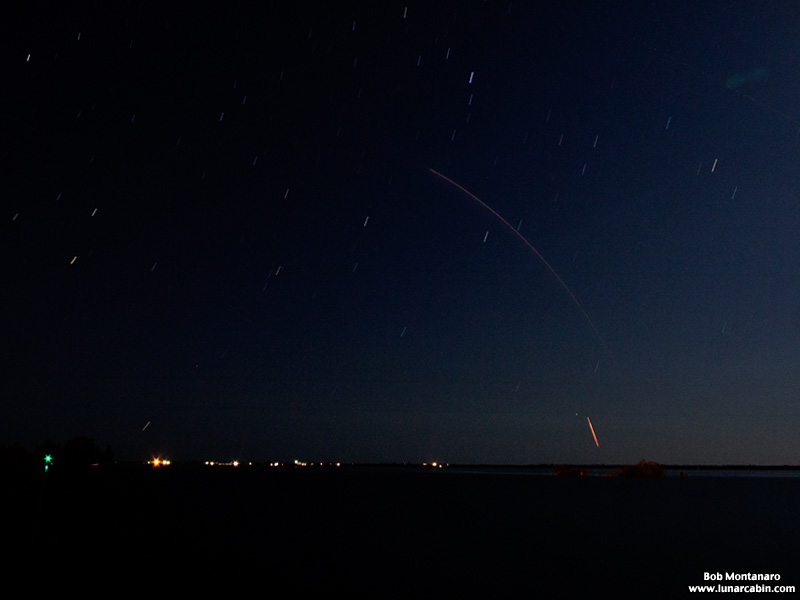 |
|
Hispasat 30W-6 (Falcon 9) 6 March 2018 |
Space Launch Complex 40 Cape Canaveral Air Force Station |
A SpaceX Falcon 9 rocket lifted off from Space Launch Complex 40 at Cape Canaveral Air Force Station at 12:33 a.m. on 6 March 2018 carrying the Hispasat 30W-6 telecommunications satellite into orbit. Excerpt from the Space X press release: Hispasat 30W-6 (previously Hispasat 1F) will be located at 30 degrees West and serve as a replacement for the Hispasat 30W-4 (former Hispasat 1D) satellite, providing television, broadband, corporate networks and other telecommunications solutions. Built on the Space Systems Loral 1300 satellite platform, Hispasat 30W-6 is expected to have a useful life of 15 years with 10.5 kW power and a multi-mission payload distributed across 40 Ku band transponders, 6 Ka band beams and 10 C band transponders. Hispasat 30W-6 will provide HISPASAT additional Ku and C band capacity in Europe, the Mediterranean and the Americas, reinforce the distribution of audiovisual content in Latin America and provide connectivity in mobile environments. Utilizing the satellite’s Ka band transponders, Hispasat 30W-6 will enable HISPASAT to expand its broadband service offering in the European region and Northwest Africa. HISPASAT is a world leader in the distribution and broadcasting of Spanish and Portuguese content, and its satellite fleet is used by important direct-to-home television (DTH) and high-definition television (HDTV) digital platforms. HISPASAT also provides satellite broadband services and other added value solutions to governments, corporations and telecommunication operators in America, Europe and North Africa. |
|
 |
|
A time exposure of the launch as seen overlooking the Indian River Lagoon. |
|
 |
|
| Though Space X did not attempt to land the Falcon 9’s first stage due to unfavorable weather conditions in the Atlantic Ocean, they did let the stage go through the motions of landing which, ultimately, crashed the stage into the water. This time exposure shows the long downward arc of the Falcon 9’s second stage as it follows the curve of the Earth into orbit. The bright streak at the lower right end of the arc near the horizon is the entry burn of the first stage as the stage goes through it simulated landing maneuvers a few hundred miles offshore in the Atlantic Ocean. | |
All contents copyright Lunar Cabin |
|